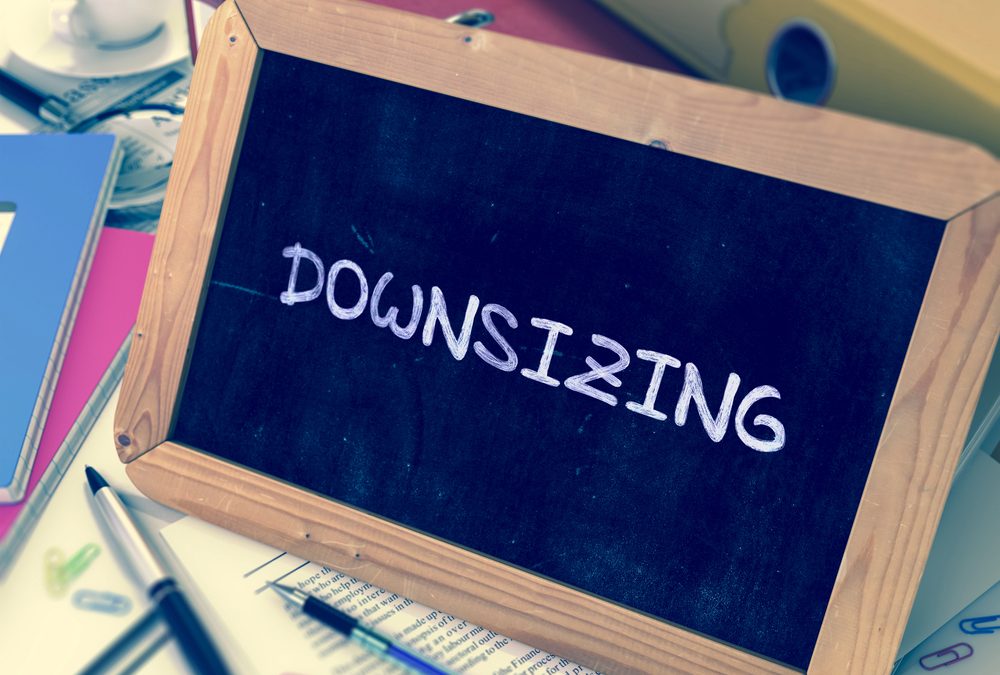 Last week I wrote about some of the advantages of working from home. With more virtual offices being created, and employees finding that they can easily remain productive on their work tasks from their personal domains it’s easy to see that this could be the new way to work. In fact, over 40% of workers now work from home at least part of the time. But, is it for everyone? Just as I’ve suggested selecting compatible work with the same care that we take when picking a mate I would strongly advise weighing both the pros of working from home and also the cons.
Last week I wrote about some of the advantages of working from home. With more virtual offices being created, and employees finding that they can easily remain productive on their work tasks from their personal domains it’s easy to see that this could be the new way to work. In fact, over 40% of workers now work from home at least part of the time. But, is it for everyone? Just as I’ve suggested selecting compatible work with the same care that we take when picking a mate I would strongly advise weighing both the pros of working from home and also the cons.
Five things that might happen if you decide to work from home
1) Laziness / Lower Productivity
I realize that some people truly detest hitting that 5:30 alarm clock to go through the routine of getting dressed for their commute to work. I also hear plenty of complaints about wearing dressier business attire on the job. In fact, people report that stiff collars, tight shoes, itchy nylons, constricting ties, and other work-friendly (or unfriendly) clothing can make them feel restrained and uncomfortable while trying to concentrate during their long work hours. On the flip side, sometimes working from home can lure a person into too much time in bed or lounging on the couch while remaining in their PJs/robe. It can be difficult to switch gears when they aren’t waking early, showering and gearing up for the outside world.
While others are showered, dressed, primped, and sipping their Starbucks as they travel to work, mentally preparing for a meeting or upcoming project, a stay-at-home worker might just be getting the kettle on and not yet thinking about which assignment is due in a few hours. In my experience, some people really need to wear different hats for different roles, and sometimes when you’re working from home it can be hard to change into work mode without too many sluggish yawns and shuffles.
2) Procrastination … when is now?
Just like with laziness/lower productivity, the potential risk of procrastination is significant. The two seem to go hand in hand most of the time. Once you get into the rut of not having to rush to get dressed in ‘daytime clothes’ or shower or even get out of bed until others (who don’t work from home) are just arriving at their offices, procrastination can easily sneak its way into your daily life. Having unstructured time at home, rather than a set schedule in the office can quickly test one’s self-discipline and overall productivity. Now, that isn’t to say all people who work from home fall into this lazy/procrastinating trap, but it can be difficult to avoid if you don’t have a strict schedule and/or rules to guard against it. If you catch yourself browsing social media, playing with the new kitten you just brought home, cleaning the windows, or taking/making personal calls instead of sending an email to a colleague that starts the slippery slope toward postponing work tasks, neglecting responsibilities and missing deadlines.
 3) Distractions …
3) Distractions …
It’s hard to separate procrastination from distractions. In some ways, these two are like the chicken and egg concept; it’s difficult for us to know which comes first, especially when we’re working from home. Distractions are everywhere, no matter where you go something is always attracting our attention. Our homes offer many disruptive and distracting things that can derail our work. If you have pets, children or live in a busy neighbourhood those aspects of your life can often interrupt your focus while at home. Even if the kids are in school working from home may cause you to stop to clean up their room, fold their laundry, or take a quick trip to the store to get more lunch food instead of doing that errand later. One friend of mine who works from home said:
“My daughter’s school is just across the street from our house, and the school knows I work from home, and I swear they call me often to come pick her up for the tiniest sniffle or complaint. They will often even call me to bring her an extra snack because she’s hungry. I also think my kid realizes I’m close by and not stuck in an office building so she feels I’m more accessible than other parents during the day. Sometimes I get the feeling that people in general assume I’m not as busy as they are so they will call me more to chat, or even to ask for favours.”
These are just some examples of the disadvantages and distractions that sometimes accompany working from home.
4) Isolation/Depression
 Home sweet home isn’t always as great without someone there to fill up the halls with laughter and rooms of chatter or smells of cooking in the kitchen. The ticking of a clock can almost become rude and more obvious if you spend each day inside your home … alone. For some this is bliss, but for others, the silence can become deafening. And if you are a social, outgoing person then staying home to work can suddenly make you feel very isolated, which in turn can lead to feelings of depression. This is most true if you already live alone, because this may lead to days without much human interaction. You may find yourself also becoming too adjusted to being alone, and therefore, if and when you have to work or communicate with co-workers it may be a hard groove to get back into after a long period of isolation.
Home sweet home isn’t always as great without someone there to fill up the halls with laughter and rooms of chatter or smells of cooking in the kitchen. The ticking of a clock can almost become rude and more obvious if you spend each day inside your home … alone. For some this is bliss, but for others, the silence can become deafening. And if you are a social, outgoing person then staying home to work can suddenly make you feel very isolated, which in turn can lead to feelings of depression. This is most true if you already live alone, because this may lead to days without much human interaction. You may find yourself also becoming too adjusted to being alone, and therefore, if and when you have to work or communicate with co-workers it may be a hard groove to get back into after a long period of isolation.
5) Out of sight, out of mind?
Being out of the work environment and staying at home to work, also means the potential of being overlooked when it comes to staying in the loop and access to promotions and other work-related opportunities.
Imagine all the random client and business meetings you may have stumbled into just by being nearby where most of the informal networking and promotions of colleagues happens, and instead you are at home hunched at your computer alone every day. According to an article published by Randstad in early 2018, “despite better performance, remote workers are 50 percent less likely to receive performance-based promotions than traditional workplace employees.”
Addendum – since publishing this blog article, the Globe and Mail published – Remote work is here to stay, but companies must balance the pros and cons (November 10, 2019) which may also enjoy reading.
Do you need help navigating the world of work? Contact Dr. Helen today for a free and confidential initial consultation by phone, email, or via direct message on Twitter, Facebook, or LinkedIn. If something urgent comes up, I’m also available by a voice or video on Magnifi, an expertise-on-demand app.
Have you ever wished you could get inside the head of a hiring manager? You can. Dr. Helen Ofosu is a Career Coach/Counsellor with a difference. She has worked for organizations to create hiring and screening tools. She’s created countless pre-screening tests, interviews, simulations, and role plays for organizations of all kinds.
Dr. Helen’s training in Industrial and Organizational (I/O) Psychology means she is a genuine expert in evaluating work-related behaviours. She uses those skills to help hiring managers tell the difference between people who say the right things during interviews and people who actually deliver on the job. In other words, Dr. Helen understands first-hand how job candidates are assessed.
More than career coaching, it’s career psychology®.
I/O Advisory Services – Building Resilient Careers and Organizations.
Please share this article using any of the social media icons below.



